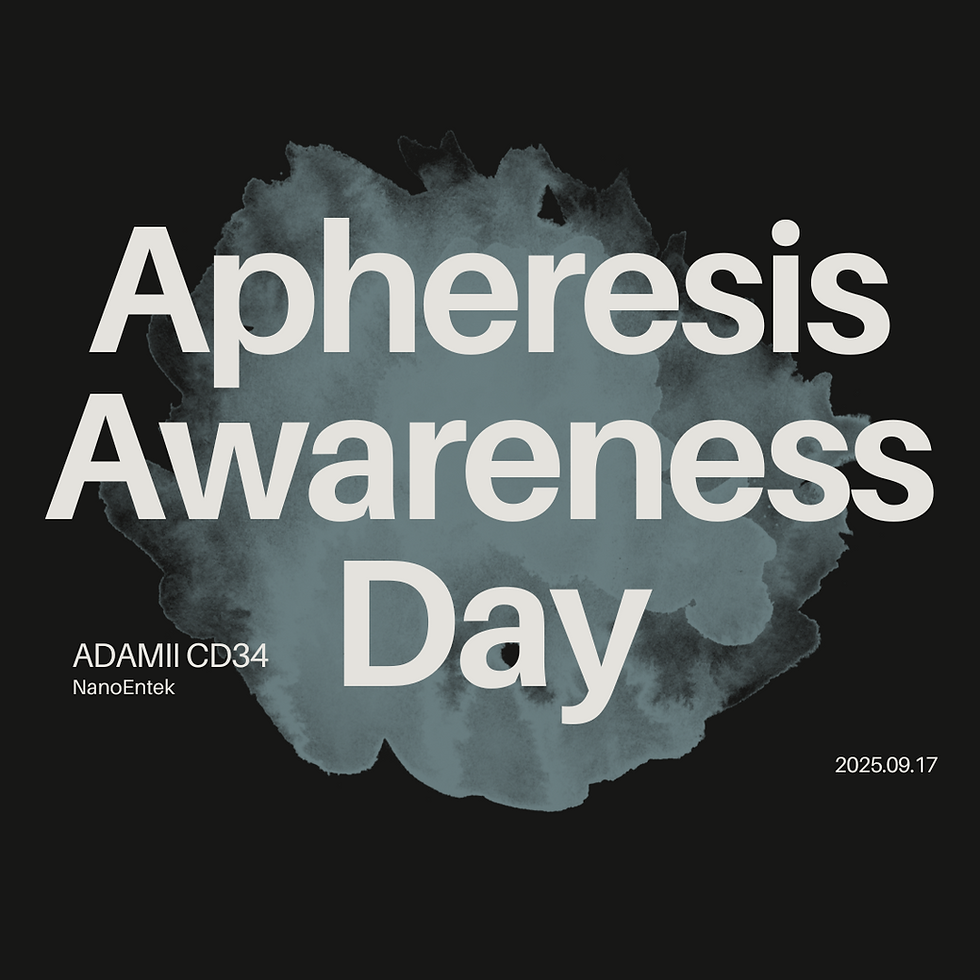Exploring the Evolution of Vitamins: From Discovery to Impact
- NanoEntek

- Aug 30, 2023
- 3 min read
"A vitamin is a substance that makes you ill if you don't eat it"

The words left by Albert Szent-Györgyi (16 September 1893 - 22 October 1986), who won the Nobel Prize in 1937 for illuminating the catalytic process of Vitamin C and pumaric acid, continue to resonate. For modern individuals, the consumption of vitamins serves various purposes, whether it's for boosting the immune system or for antioxidant effects. However, until relatively recently, the concept of vitamins was unknown, and they were substances whose existence wasn't even recognized.
Unveiling the Origins of Vitamins and Their Historical Significance
Nevertheless, historical records highlight problems caused by vitamin deficiencies throughout human history. Ancient Chinese medical texts like the "Huangdi Neijing," dating back over 2,200 years, contain records related to thiamine deficiency and scurvy. Similarly, Egyptian papyri also feature records hinting at vitamin deficiency-related ailments. Notably, records about scurvy are found, and the fact that prescriptions for it were documented indicates an awareness of the severity of such diseases among ancestors. In more recent history, during the Age of Exploration in the 15th century, incidents of scurvy among sailors on long sea voyages played a significant role in gradually raising awareness about vitamins.
Considering the importance of vitamins, one might assume that research into these essential nutrients began early, but it's not that simple. Vitamins are present in minuscule amounts in both food and the human body. Unlike the five major nutrients—carbohydrates, proteins, minerals, fats, and water—separating trace amounts of vitamins required advanced techniques, which scientists believed were beyond the capabilities of earlier technologies.
Scientific Pursuits: Breakthroughs in Understanding Vitamins and Their Impact
Looking back at historical records, the first person who confirmed the existence of the substance known as vitamins was the Russian scientist Nikolai Ivanovich Lunin (21 May 1854 - 18 June 1937). He provided what were considered to be the five major nutrients to rats, which ultimately led to their demise. Lunin published a paper on this in 1881, but it didn't receive much attention.
However, in 1911, Polish-born American biochemist Casimir Funk isolated a substance from rice bran that contained minimal amounts of nitrogenous organic material. He combined "vita," Latin for "life," with "amine," naming the nitrogen-containing organic substance "vitamine." This marked the first introduction of the substance called "vitamine" to the world. "Vitamine" later became "vitamin," and scientists proceeded to assign names using alphabets like A, B, C, and so on.
So, who were the scientists that extensively researched these crucial vitamins? Pioneering British physician Frederick Hopkins, who laid the groundwork for biochemistry in 1906, emphasized the importance of supplementary food research. In 1883, Dutchman Christiaan Eijkman recognized the significance of rice in Southeast Asia while traveling. Although there are various stories, the most widely known tale is that during periods of beriberi outbreak, chickens fed primarily with white rice succumbed to the disease, whereas those fed commercial feed remained healthy. This prompted further clinical experiments. Later, in 1929, both Hopkins and Eijkman were jointly awarded the Nobel Prize in Physiology or Medicine for their work on the importance of vitamins. Eijkman's discovered substance became known as vitamin B, which is widely used today for fatigue recovery and in vitamin products.
Modern Insights: The Evolving Landscape of Vitamins
Additionally, many individuals have been awarded the Nobel Prize in Chemistry and Physiology or Medicine for their contributions to vitamin-related research. In 1928, Germany's Adolf Windaus won the Nobel Prize in Chemistry for determining the structure of vitamin D. In 1937, Albert Szent-Györgyi, along with Norman Haworth and Paul Karrer, won the Nobel Prize in Chemistry for their research on vitamin C and flavins. Danish scientist Henrik Dam, along with Edward Adelbert Doisy from the United States, won the Nobel Prize in Physiology or Medicine for discovering vitamin K. These instances underscore how the discovery of vitamins remains a significant focus of scientific and medical research, bolstering human health.
Beyond the well-known vitamins A, B, C, D, E, and etc, there exist numerous other vitamins today. Interestingly, vitamin F and G no longer exist as separate entities. Originally, these vitamins were discovered but were later renamed: vitamin F was reclassified as linoleic acid, a polyunsaturated fatty acid, while vitamin G was renamed riboflavin or vitamin B2.
The nomenclature of vitamins was standardized by the American Society for Nutrition's Committee on Nomenclature in 1979, following the guidelines set by the society.
This content is intended for educational purposes only and is not a substitute for professional medical advice. If you have any questions or concerns about your health, please consult with a healthcare professional.
Reference
WebMD. (2022, June 2). Ancient Concepts made new: A timeline of food as medicine. WebMD. https://www.webmd.com/diet/future-of-food-special-report/20220602/a-timeline-of-food-as-medicine
OSTROWSKI, P. F. (1986). WHO DISCOVERED VITAMINS? The Polish Review, 31(2/3), 171–183. http://www.jstor.org/stable/25778208
Piro, A., Tagarelli, G., Lagonia, P., Tagarelli, A., & Quattrone, A. (2010). Casimir Funk: His discovery of the vitamins and their deficiency disorders. Annals of Nutrition and Metabolism, 57(2), 85–88. https://doi.org/10.1159/000319165
[FREND System]
Rapid quantitative immunoassay analyzer
[Related Items]







Comments